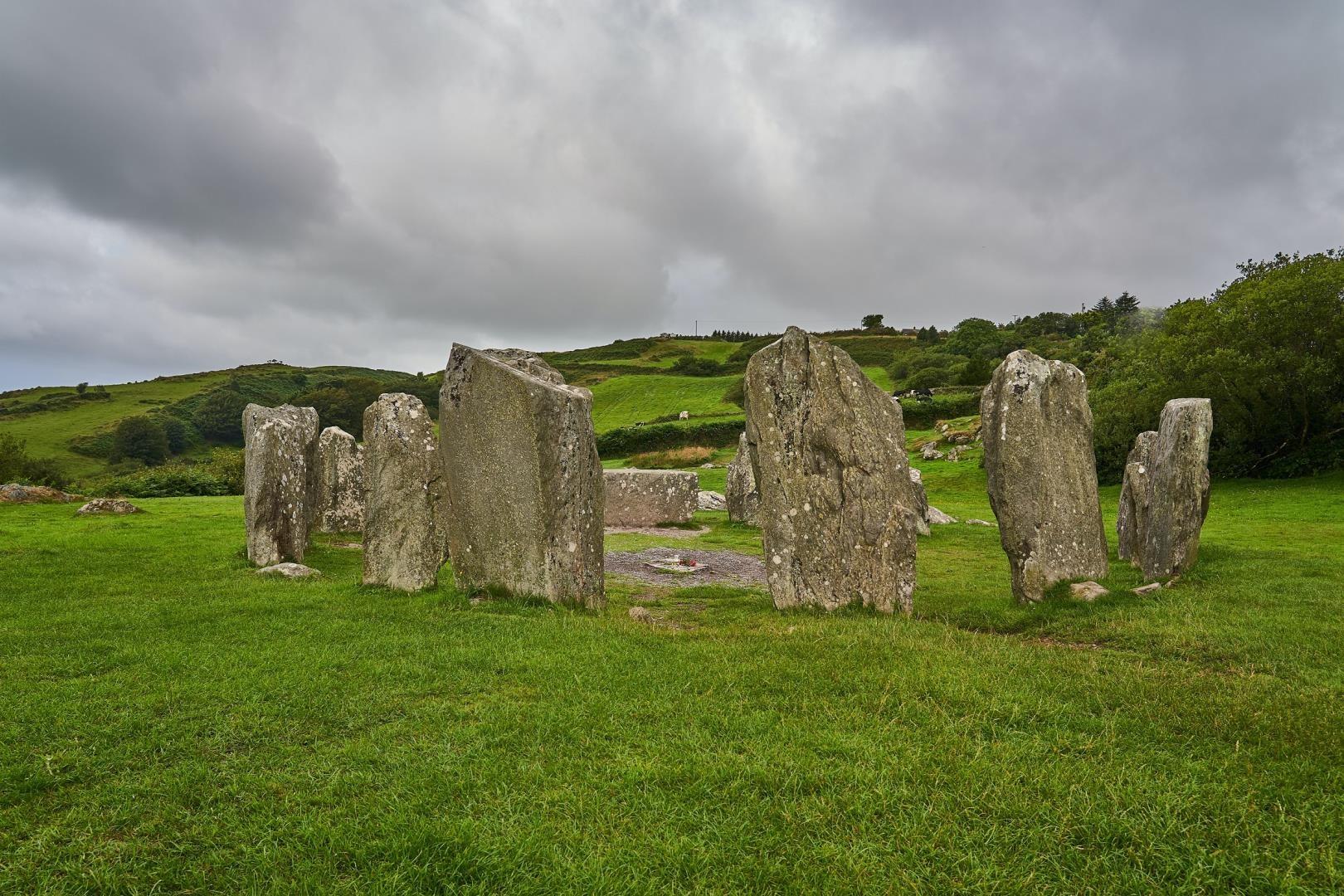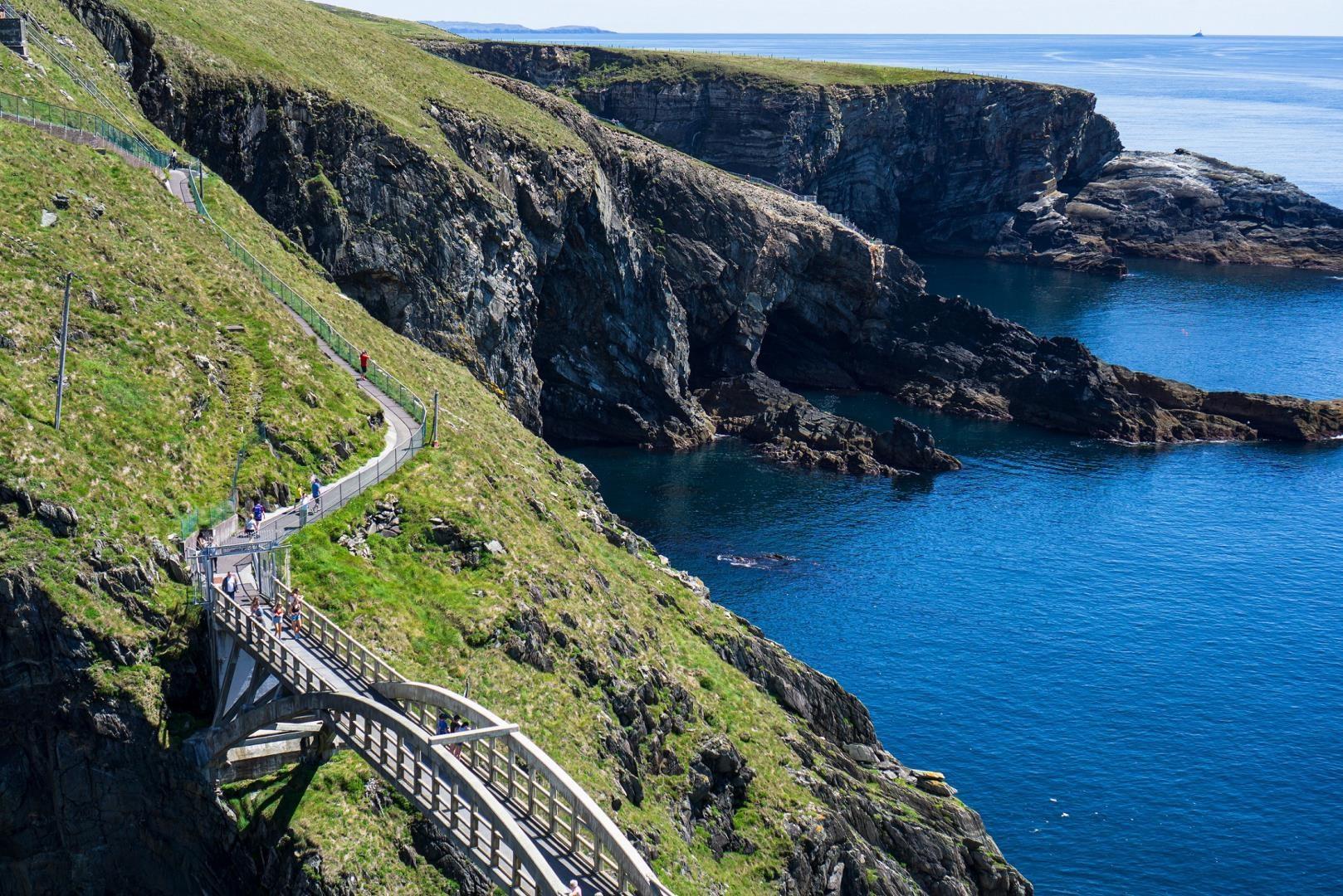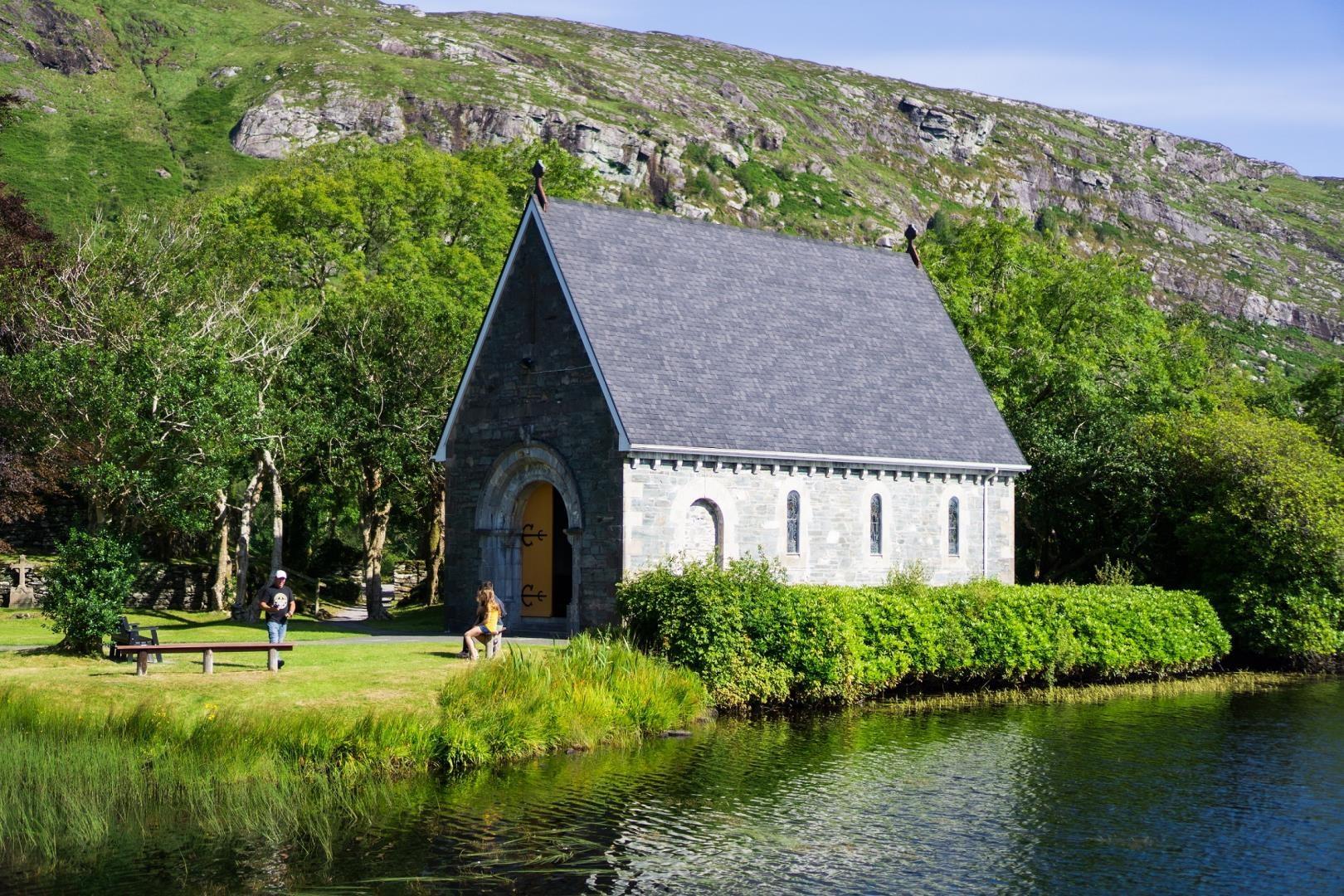

Charlotte Amalie
With its mix of history, culture, and breathtaking natural beauty, Charlotte Amalie offers an unforgettable Caribbean experience. Whether you’re soaking up the sun on a world-class beach or diving into the island’s rich heritage, there’s something for everyone in this captivating destination.

Bamberg
Intended by Henry II, Duke of Bavaria to be the "second Rome", Bamberg is a gem of a UNESCO World Heritage site! The medieval layout of the city is still very well preserved, including the Altes Rathaus, which occupies an island in the Regnitz reached by arched bridges.

Pokhara
Situated on Phewa Lake, Pokhara is the entryway to a popular Himalayan trail called the Annapurna Circuit. A city for adventurers, Pokhara's highlights include Devi's Falls, the International Mountain Museum, Mahendra Cave, and the World Peace Pagoda.

St. Lucia
St. Lucia is an island of verdant landscapes in every direction: A dense rain forest rises up and covers The Pitons' twin peaks, and in the valleys, the sun's rays dance upon the large yellow-green leaves of banana plants. Beyond all the greenery, you'll find isolated coves, stunning beaches, colonial towns, quiet fishing villages and first-class yachting facilities.

Ho Chi Minh City
Ho Chi Minh City, formerly known as Saigon, is the most populous city in Vietnam at 9 million people. It is an enticing mix of the old and new, with European architecture due to French colonization to towering skyscrapers and modern shopping malls.

Laos
Laos, often called the "Land of a Million Elephants," is a hidden gem in Southeast Asia that beckons travelers with its serene landscapes, vibrant culture, and spiritual heritage. Nestled between more prominent neighbors, Laos offers an unspoiled, off-the-beaten-path experience. The charming city of Luang Prabang, a UNESCO World Heritage Site, is a must-visit destination where colonial architecture meets traditional Laotian temples.

Skyland World Travel
One call for all your travel needs
EMAIL US:
GIVE US A CALL: (908) 852-7081












